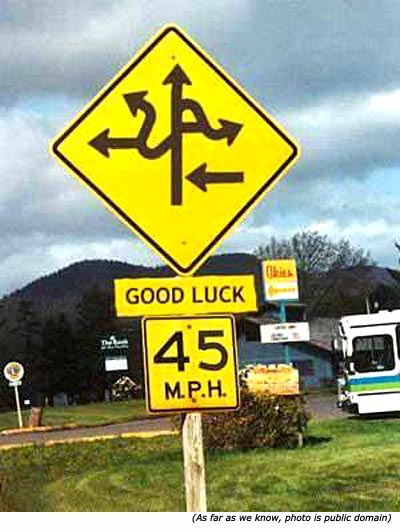 |
| Navigating all of the cross-agency initiatives can get a little confusing. |
As I've mentioned before, the Council is currently working on its interim recommendations to the President. Part of this effort has involved outreach to federal agencies whose work is relevant to youth policy and community development. This afternoon, we hosted a conference call with staff from a few cabinet-level agencies to gather their feedback. My main takeaway from the call was that there is a great deal of ongoing interagency collaboration in just these areas where policy areas align. Still, there was some mention -- and detailed description -- of initiatives in which the Corporation for National and Community Service is a key partner. With so many cross-agency efforts, lines are easily blurred and crossed.
Collaboration across institutions is difficult -- and it takes time. As the Council works to create a framework for how communities can collaborate more effectively across sectors, one ongoing challenge is to what degree organizations in collaborative efforts should have an inclusive big tent that encompasses everything and everyone while still having enough specificity to make a tangible impact. I read a new 99% tip yesterday on "How to Break Through Bureaucracy to Keep Projects Moving" that suggests how innovation can surface regardless of organizational size, process, and procedures. While that is definitely true, I still wonder how to successfully build collaborative systems that avoid the need for a body that coordinates the coordinating bodies.
No comments:
Post a Comment